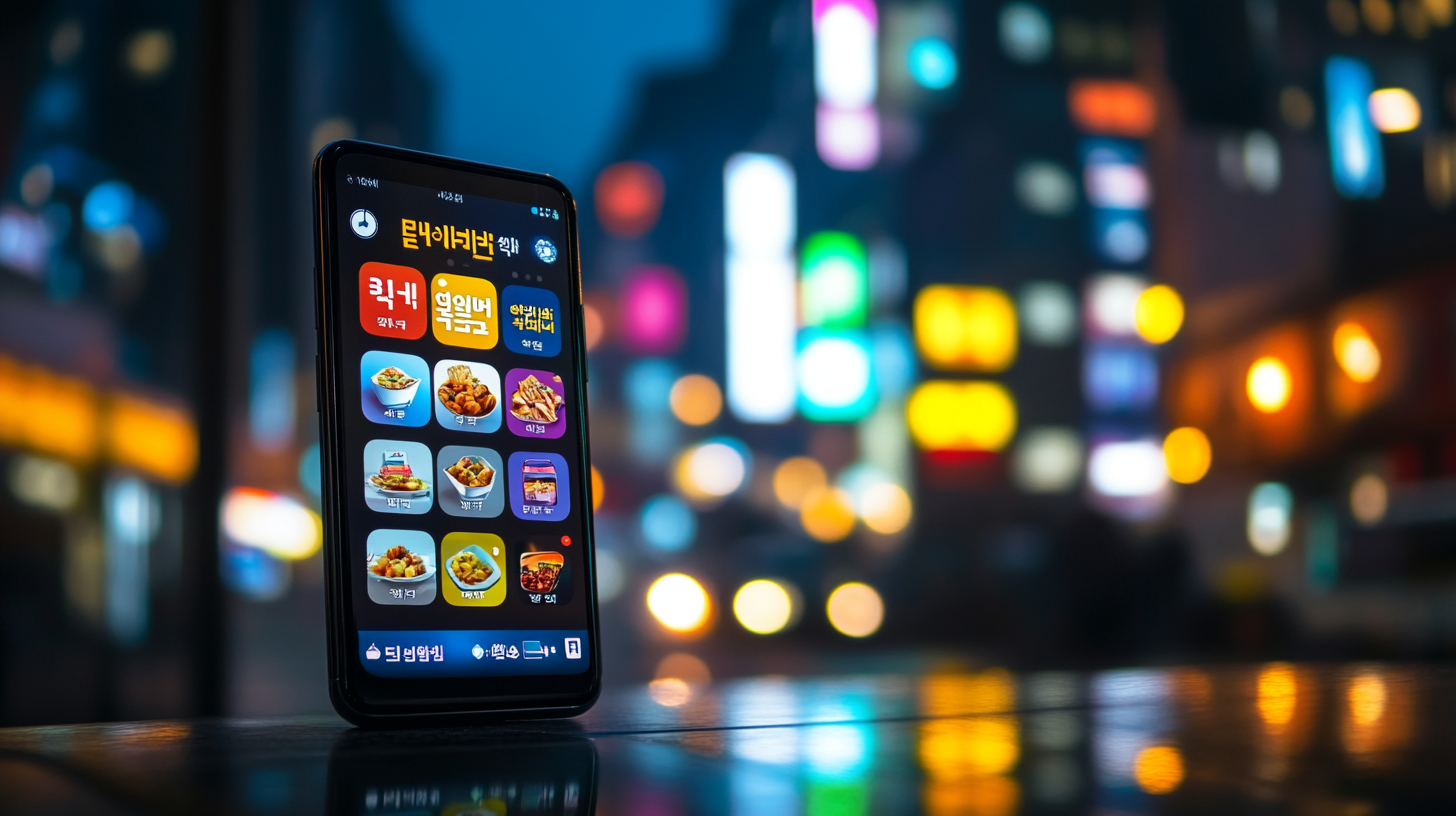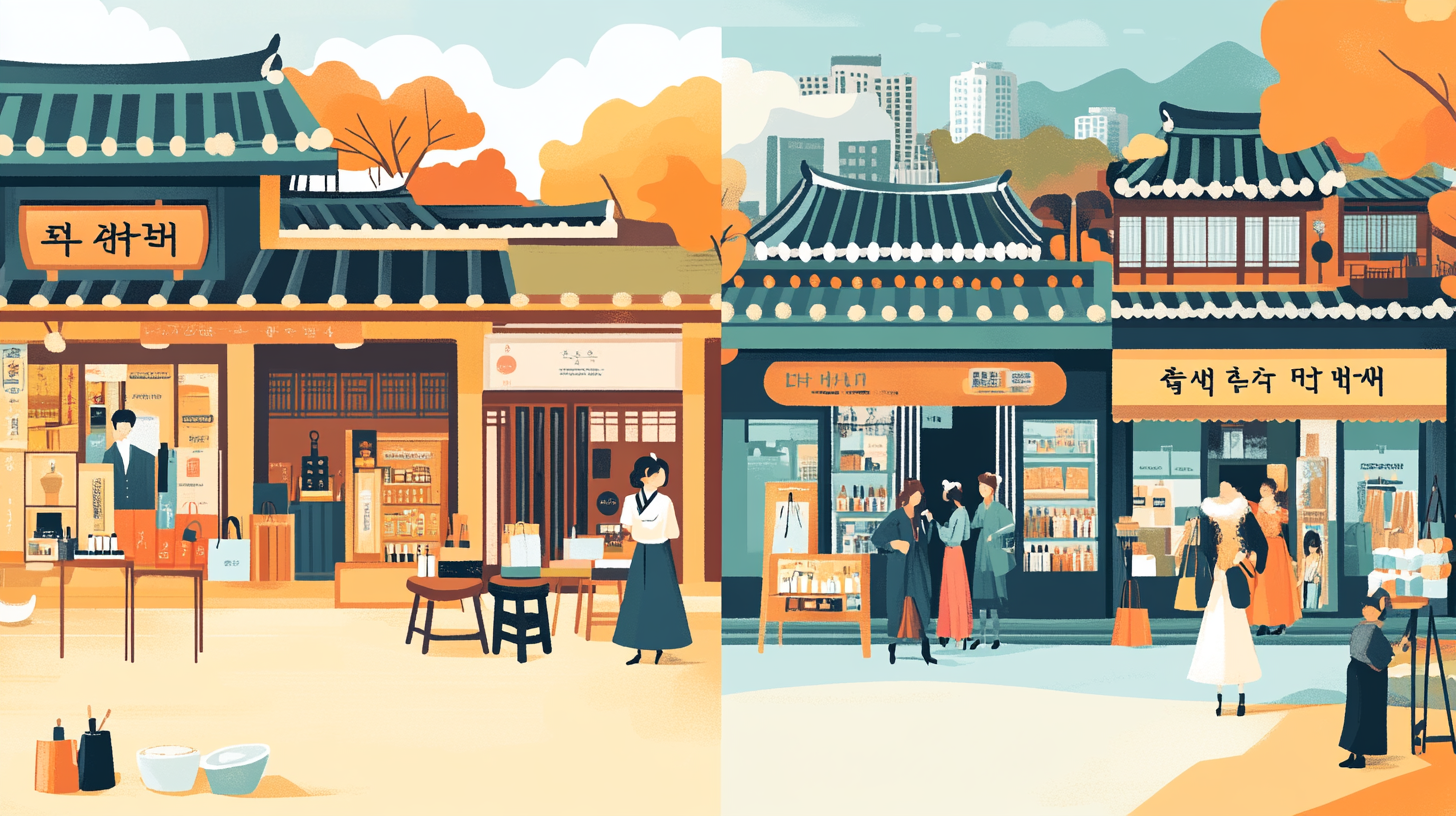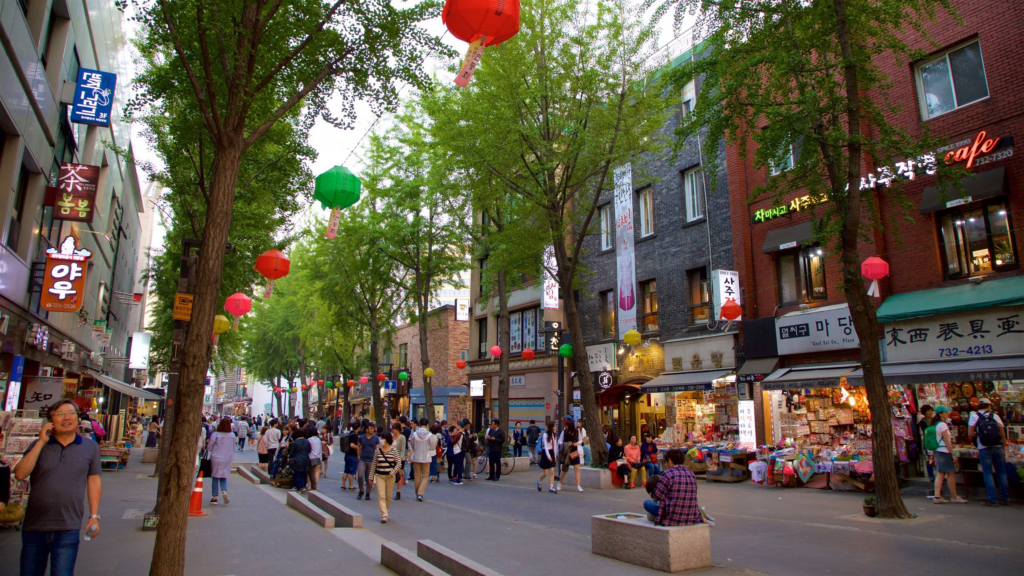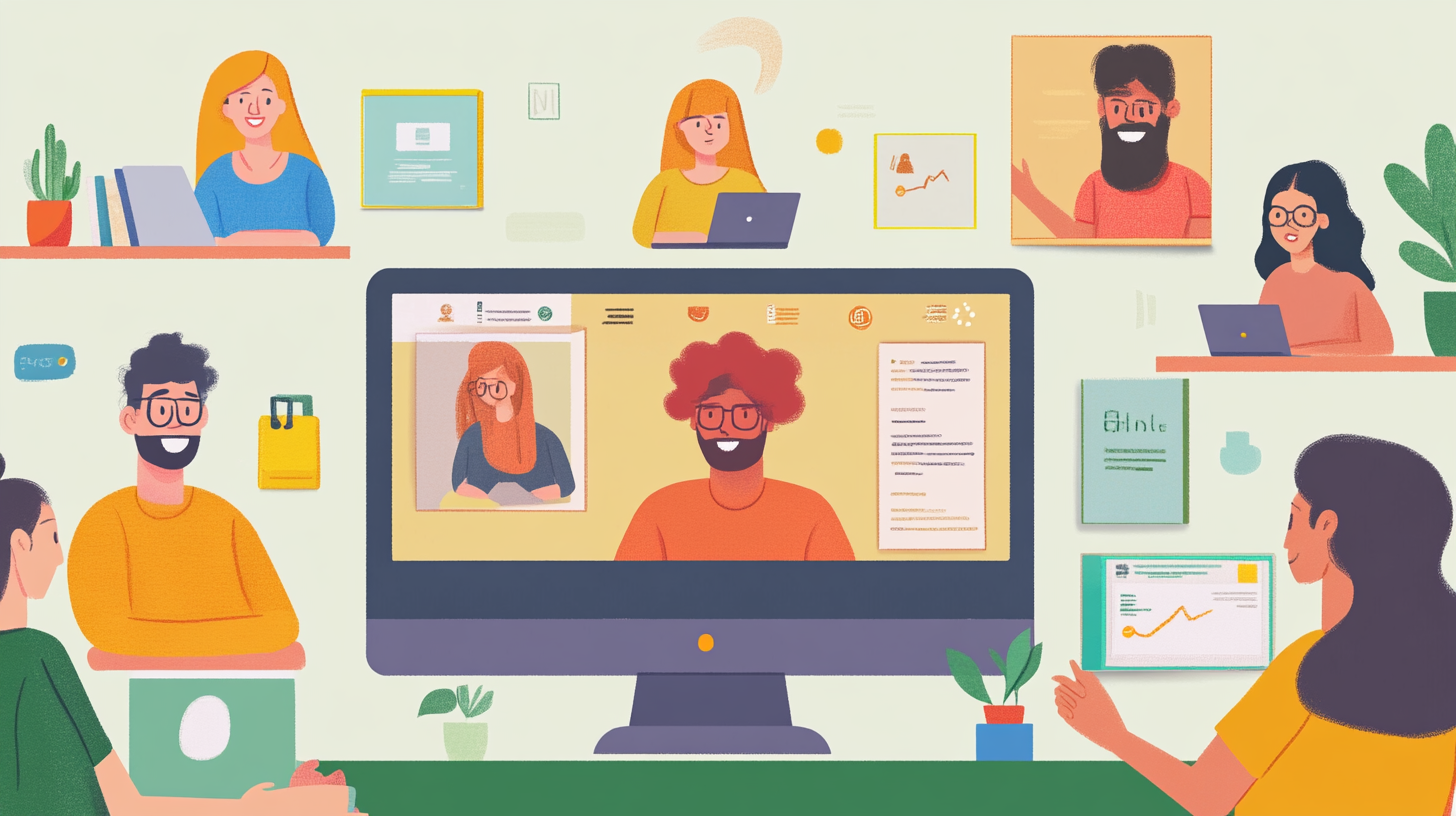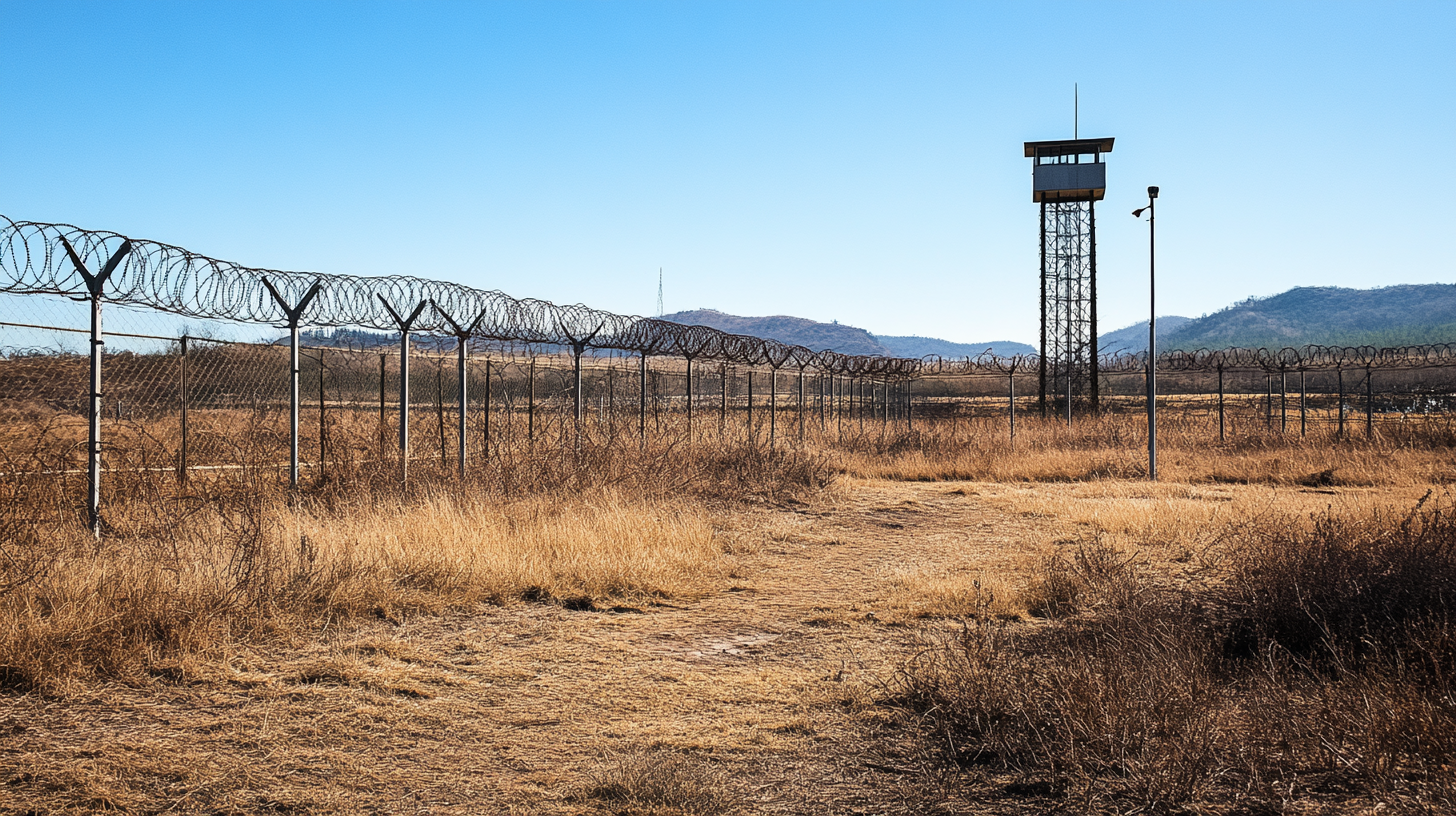Introduction: The Difference Between “Knowing Korean” and “Using Korean”
Have you ever felt confident in your ability to converse in Korean during daily interactions, only to struggle when composing a business email or participating in a formal meeting? While casual greetings and ordering food might be easy, many learners face unexpected difficulties in professional settings. This is because conversational Korean and business Korean use significantly different language registers.
In this article, we’ll explore how to distinguish between the two, strategies for studying them effectively, and common expressions frequently used in professional environments.
Characteristics of Conversational Korean: Natural and Spontaneous
Conversational Korean is primarily used in casual contexts, such as chatting with friends, ordering food, shopping, or discussing hobbies. Fluency and natural speech matter more than rigid structure, and sentences tend to be loosely formed. For example, phrases like “밥 먹었어?” (“Did you eat?”) or “어제 영화 봤는데 진짜 대박이더라!” (“I watched a movie yesterday, and it was amazing!”) adopt a relaxed, friendly tone. The primary language distinction in casual speech is between informal speech (반말) used with friends and polite speech (존댓말) used with elders or strangers.
Additionally, minor grammar mistakes are easily overlooked in daily conversations as context, facial expressions, and gestures help convey meaning. Even if pronunciation or grammar is slightly off, communication is rarely hindered. Instead, the key to effective conversational Korean is quick comprehension and response, as native speakers often speak rapidly. Developing the ability to catch essential words and respond fluidly is crucial.
Characteristics of Business Korean: Formality and Precision
In contrast, business Korean is used in companies, academic discussions, and official settings where precision in word choice and sentence structure is essential. Even when using polite speech, casual expressions are often inadequate in professional environments. Statements like “~해주시면 감사하겠습니다” (“I would appreciate it if you could…”) or “확인 부탁드립니다” (“Please check and confirm.”) emphasize respectful and formal language patterns essential in workplace communication.
Moreover, communication styles vary based on hierarchical structures and company culture. For example, when speaking to a senior manager on the phone, it’s customary to use highly respectful phrases like “~하셨습니까?” (“Did you do…?”) or “도움이 필요하신 부분 있으면 말씀해 주십시오” (“Please let me know if you need any assistance.”). In contrast, when addressing colleagues or juniors, the tone can be slightly more relaxed, such as “이 부분은 어떻게 생각하세요?” (“What do you think about this?”). However, using overly casual language or informal speech in professional settings can come across as disrespectful, so cultural awareness is key.

Example Situation 1: Writing a Business Email
In casual conversations, a message like “ㅇㅇ님, 저녁에 시간 되면 영화 볼래요?” (“Hey, are you free for a movie this evening?”) is perfectly acceptable. However, in a professional email, a more structured and polite tone is essential:
“○○님 안녕하세요. ○○ 부서 ○○입니다. 다름이 아니라 다음 주 월요일까지 보고서를 제출해주실 수 있을지 여쭙고자 연락드립니다.”
(“Hello, ○○. This is ○○ from the ○○ department. I’m reaching out to ask if you would be able to submit the report by next Monday.”)
Business emails prioritize clarity and professionalism over personal sentiment, ensuring structured communication.
In closing, it’s common to include expressions of gratitude such as “회신 기다리겠습니다. 항상 협조해 주셔서 감사합니다.” (“Looking forward to your reply. Thank you for your cooperation.”). While seemingly minor, these phrases help establish trust and professionalism. However, in personal communication, excessive formality may create an unintended sense of distance.
Example Situation 2: Speaking in a Business Meeting
In daily conversations, informal expressions like “아, 그거 완전 괜찮은 아이디어 같아. 나도 해볼래!” (“Oh, that sounds like a great idea! I want to try it too!”) are perfectly natural. However, in a formal meeting, a more structured and analytical approach is required:
“제가 보기엔 이 아이디어가 시장성을 확보하기에 충분히 매력적이라 생각합니다.”
(“I believe this idea is sufficiently attractive to secure marketability.”)
Similarly, a phrase like:
👉 “결국 비용 대비 효과를 분석할 필요가 있는데, 담당 팀과 협의 후 다시 보고드리겠습니다.”
(“Ultimately, we need to analyze the cost-effectiveness. I will coordinate with the relevant team and provide further updates.”)
demonstrates a logical flow in professional discussions.
Avoiding vague expressions like “할 것 같아요” (“It seems like it might work.”) and opting for clearer statements like “~을 제안합니다” (“I propose…”) ensures precise communication. Concise and structured articulation tailored to the audience (managers or colleagues) is key to effective business discussions.
Example Situation 3: Phone Conversations
In casual settings, phone calls sound like:
👉 “어, 지금 바빠? 시간 되면 우리 만나서 얘기하자.” (“Hey, are you busy? Let’s talk when you’re free.”)
However, in business calls, a more formal tone is necessary:
👉 “○○님, 안녕하십니까? ○○사 ○○팀의 ○○입니다. 지금 통화 가능하신가요?”
(“Hello, Mr./Ms. ○○. This is ○○ from ○○ Team at ○○ Company. Do you have a moment to talk?”)
Similarly, structuring the conversation with key phrases like:
👉 “본론을 간단히 요약하겠습니다. 현재 안건에 대해 확인이 필요해서 연락드렸습니다.”
(“I’ll briefly summarize the key points. I’m calling to confirm details regarding the current agenda.”)
helps maintain professionalism.
The call should also end with polite expressions such as:
👉 “귀중한 시간 내주셔서 감사합니다. 좋은 하루 되세요.”
(“Thank you for your valuable time. Have a great day.”)
Effective Study Strategies: Role-Playing and Pattern Recognition
Since conversational and business Korean differ in form and vocabulary, learners should focus on memorizing key sentence patterns and practicing through role-playing. For example, learners can prepare common meeting phrases, such as:
✅ “의견을 여쭙고 싶습니다.” (“I’d like to ask for your opinion.”)
✅ “이제 안건을 정리하겠습니다.” (“Let’s summarize the agenda.”)
Additionally, keeping a notebook of commonly used business expressions, such as “협조 요청드립니다” (“We request your cooperation.”) or “첨부 파일 참조해주시기 바랍니다” (“Please refer to the attached file.”), helps reinforce learning. Observing how native Korean colleagues write emails and reports can also provide valuable insights.
Language Is More Than Just Words—It’s About Context and Attitude
Mastering business Korean isn’t just about grammar—it’s about understanding subtle cultural nuances and appropriate response timing. For instance, knowing when to respond with “예, 알겠습니다” (“Yes, I understand.”) versus when to request more time demonstrates familiarity with workplace etiquette.
Similarly, recognizing the appropriate tone for social vs. professional interactions ensures smoother communication. Ultimately, Korean proficiency isn’t just about accuracy—it’s about using the right expressions in the right context.
Final Thoughts: Adapting Language Based on Context Is a Key Skill
Using the same Korean expressions in all situations can lead to unintended misunderstandings. Business Korean requires more structure and formality, whereas daily conversations are more flexible and spontaneous.
Successfully distinguishing between these two registers demonstrates a high level of Korean fluency. By practicing contextual language use, learners can achieve effective communication that fosters trust and professionalism in professional settings—and stronger relationships in personal interactions.
By continuously refining your Korean in real-world scenarios, you’ll not only enhance your experience living in Korea but also thrive in international business environments as a confident and respected communicator. 🚀

WeBring Service : Provides personalized services to foreigners living in Korea
Exclusive offer: Introducing foreign car rental in Korea, WeBring-SoCar


